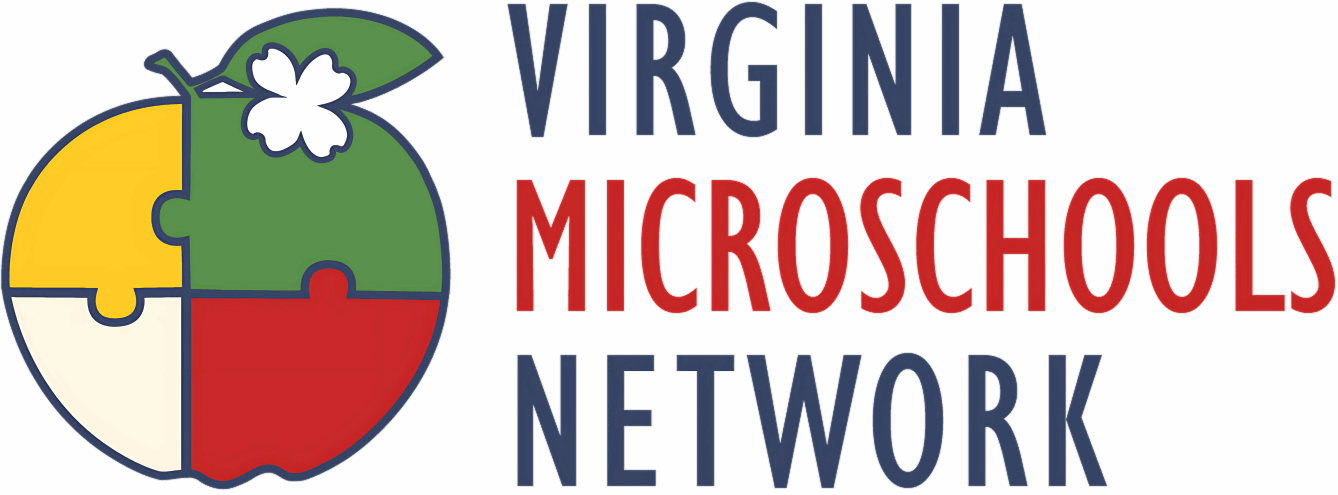What Is a Microschool?
“Well, let us cover that.”
Microschools exist as a midpoint between homeschooling and traditional schools. These small, intimate learning environments typically have around ten to twenty-five students and one or two teachers. EdChoice estimates that between 1.1 and 2.1 million students attend microschools.
Overview
Microschools fall into three categories.
- Independent Microschools
- Small, multi-family learning environments that meet
regularly, either full-time or on hybrid schedules.
- Small, multi-family learning environments that meet
- Partnership Microschools
- Collaborations between host partners (employers,
houses of worship, etc.) and technical partners responsible for teaching and
learning.
- Collaborations between host partners (employers,
- Provider Networks
- Align local leaders with established organizations to support
launch and operations.
- Align local leaders with established organizations to support
Microschool key features include:
- Microschools maintain a close learning environment with a limited number of
students. This allows for personalized attention and close relationships between
teachers and learners.
- 63 percent of microschools report serving populations of children with
neurodiversity, 53 percent with other special needs, 53 percent whose educational
To read more, please visit or download the .pdf file below.
